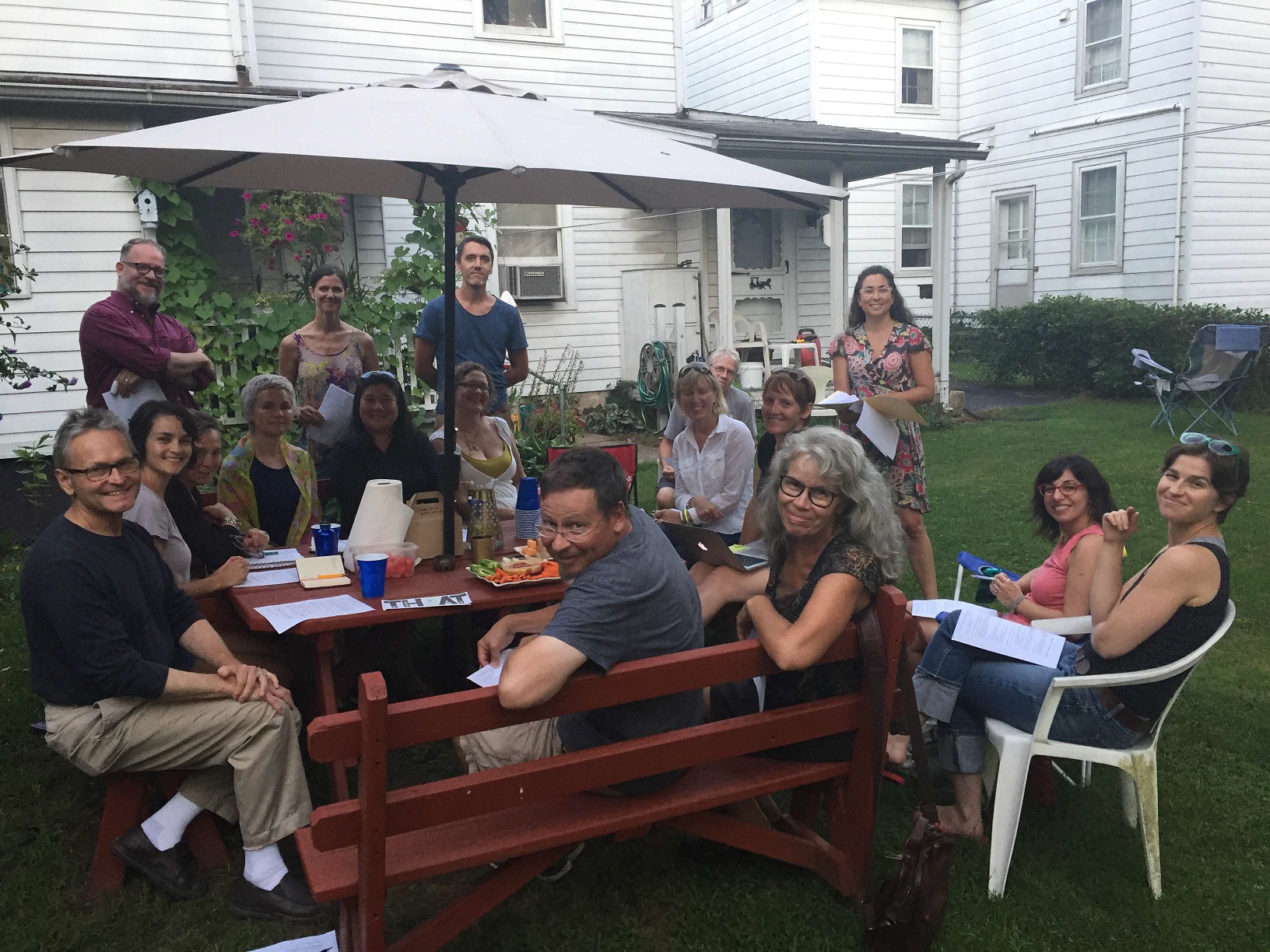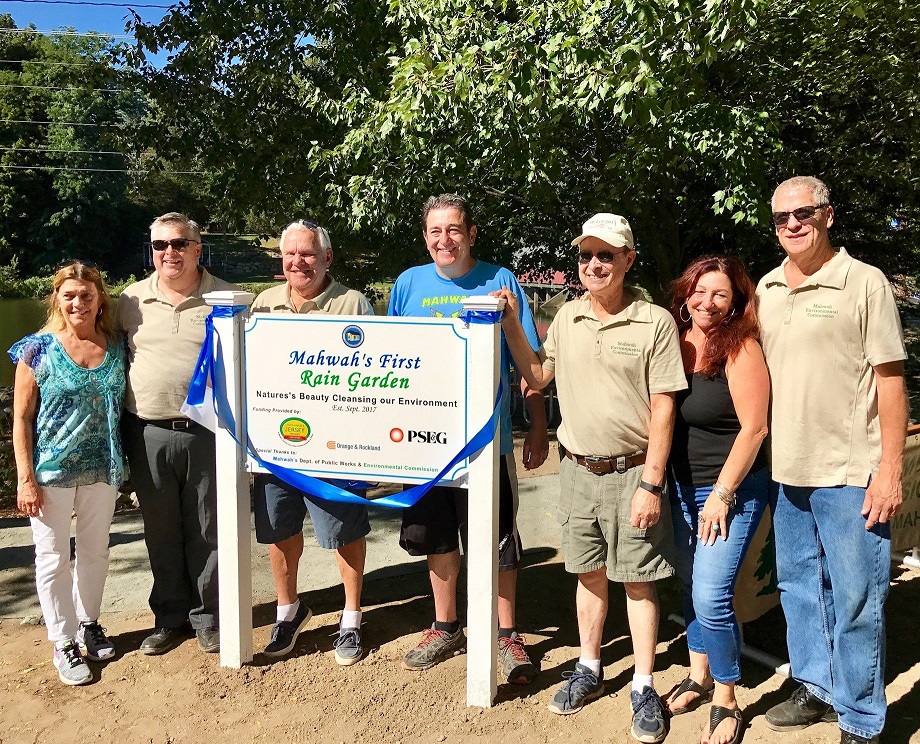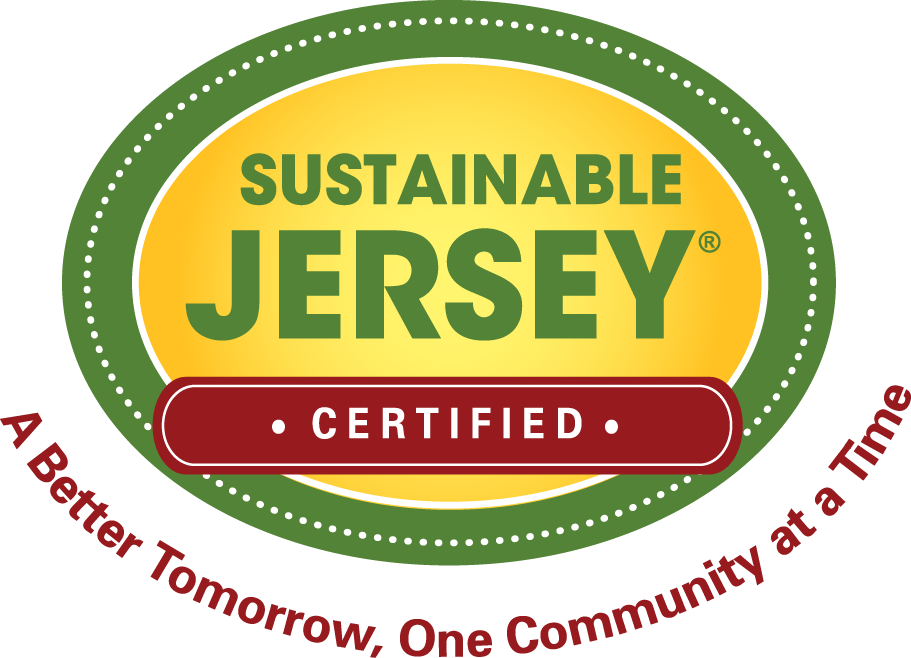Application Tips
You do not need to be an experienced grant writer to craft a successful grant application. The first step is to select a project that addresses a specific need or will enhance the community's sustainability efforts. The second step is to clearly communicate the project and its potential impact on the community in the grant application. The typical components of a Sustainable Jersey grant application are listed below. Review and follow the guidance provided and you are sure to increase your odds of being awarded a grant.
Project Selection - Think Outside the Box!

Whether you are applying for a grant in a targeted cycle such as the one for energy projects or a cycle without any project topic restrictions, it is important to "think outside of the box" when choosing a project idea. The goal of the Grants Program is to fund impactful projects that might not normally be funded through the municipal budget and can serve as a model for other municipalities. Common projects such as community gardens, water conservation education programs and plastic reduction campaigns are highly valuable, but we encourage you to also consider other projects that can earn points toward Sustainable Jersey certification and address a need or desire within the community, such as:
- Brownfields Marketing
- Build-Out Analysis
- Coastal Vulnerability Assessment
- Community Asset Mapping
- Community Visioning
- Creative Placemaking Plan
- Digitizing Public Information
- Easement Inventory
- Environmental Justice in Planning & Zoning
- Farmers Market
- Fleet Inventory
- Green Business Recognition Program
- Green Maintenance Equipment and Materials
- Green Your Green Fair
- Improve Public Engagement in Municipal Government
- Materials Reuse
- Open Space Plans
- Public Information and Engagement Campaign
- Renewable Government Energy Aggregation
- Waste Audit
- Wildlife Interaction Plan
Consultant driven projects - such as a Natural Resources Inventory, and other installation projects, should feature a green team outreach component.
Project Description
Describe the specific initiative you plan to complete with the grant funds and who will benefit from it.
Project Team Members
The purpose of this section is to verify that the project team has the necessary knowledge, skills and experience to successfully complete the project. Reach out to local non-profits or colleges to see what resources may be available to assist with the project. Be sure to include representatives from stakeholder groups that will be involved or impacted by the implementation of the project such as:
- Municipal staff
- Residents
- Community-based organizations
- Non-profits
- Professional organizations
- Local businesses
- Schools
To engage and develop the team, make sure to:
- Recruit volunteers early on
- Identify and involve all relevant parties from the beginning
- Get students and youth involved
- Keep meetings short, timely, meaningful and efficient

Hunterdon County Creative Team
Action Plan & Timeline
The action plan and timeline should address the steps needed to successfully complete the project. When crafting the action plan and timeline:
- Anticipate potential administrative delays, such as with the procurement process, and plan time for paperwork
- Determine how you will have access to the funds
- Research the availability of the materials and services needed to complete the project
- Plan ahead for summer months/downtime
- Devote time and resources to train volunteers
- Develop a "Plan B"
- Decide how the success of the project will be shared with the community
Community Engagement
This section describes how the project capitalizes on collaborations between stakeholders and how information about the project will be shared with the community. Ways to share the grant project with the community include:
- Ribbon cutting ceremonies
- Project signage
- Presentations
- Press releases
- Website content
- Social media postings
- Public events

Mahwah Raingarden
Ribbon Cutting Ceremony
Project Impact & Evaluation
Describe how the project will augment existing green team efforts and contribute toward making progress in the Sustainable Jersey certification program. It should be clear what the project hopes to accomplish and who will benefit from it. Include any relevant background information related to community context. A rigorous or formal evaluation process is not required. However, grant recipients are expected to report on specific results or outcomes and other non-quantifiable impacts on the community.
Budget Narrative and Template
The budget narrative should clearly summarize project expense categories and identify all sources of funding. Describe in-kind or cash matches. In-kind contributions can include but are not limited to: volunteer hours, materials donated to the project by a person/company, etc. An itemized budget is also required. Sustainable Jersey provides an easy to use template for developing it. When creating the project budget think about:
- Leveraging low or no-cost resources. The Resources section of the Sustainable Jersey action the project corresponds to is an excellent place to identify low or no-cost resources.
- Maintaining consistency between the budget narrative and detailed budget and making sure the itemized expenses are specifically related to the proposed project. For example, the project is to perform a waste audit, but the budget template only lists the funding for purchasing recycling bins. Where are the other resources to complete the project coming from?
- Determining if the budget is realistic, costs are justified, and resource contributions have a reasonable value.
- Determining if all additional funding besides the Sustainable Jersey grant is in-hand or committed.
- Adhering to limits on what can be spent on promotional items such as t-shirts, awards, and give-aways.
- Including shipping costs.
Eligible Expenses:
- Consultant/contractor service fees
- Staff stipends
- Equipment
- Project supplies
- Training and educational materials
- Promotional items (including meeting supplies, incentives or awards). Promotional items may not exceed $1,000 for large grants over $10,000 and $200 for $2,000 grants
Ineligible Expenses: Facilities/administrative (overhead) costs. Submitting for reimbursement of a project that has already been completed is not an eligible use of funding.
